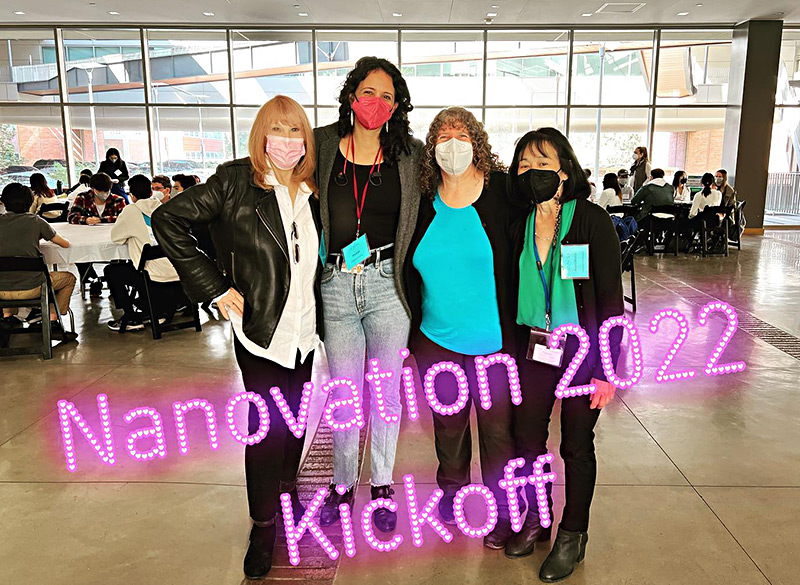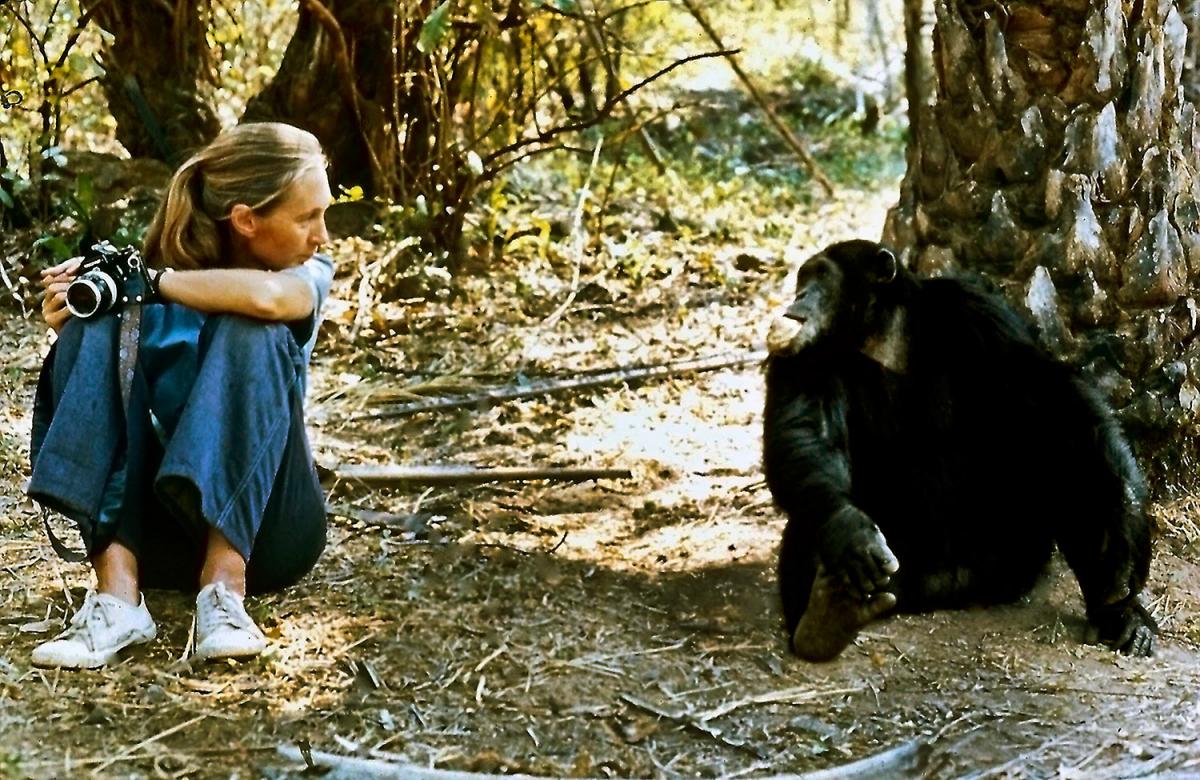As long as fossil fuels are used in energy power plants, vehicles, heating and ac for buildings, sequestration efforts will never successfully reduce CO2 emissions enough to reverse pollution health damage.
A study analysis by the Department of Civil & Environmental Engineering, Stanford University, Stanford, CA, USA makes the case for complete replacement of all fossil fuel use is the only solution to both emssions reduction and substantial social cost.
Data from a coal plant with carbon capture and use (CCU) and synthetic direct air carbon capture and use (SDACCU) equipment netted 10.8% of the CCU plant's CO2-equivalent (CO2e) emissions and 10.5% of CO2 removed from the air by the SCACCU plant over a period of 20 years.
The low capture rates are due to uncaptured combustion emissions from natural gas used to power the emissions reduction equipment, uncaptured upstream emissions and in the case of CCU, uncaptured coal combustion emissions. Contrary to the efforts of using such emissions reduction equipment, both CCU and SDACCU plants increased air pollution and total social costs relative to no capture.
Using wind as an alternative to using natural gas to power the carbon capture equipment reduces CO2e but still allowed air pollution emissions to continue and increased the total social cost relative to no carbon capture.
In terms of total social cost liabilities, no improvement in CCU or SCACCU equipment can change the conclusion of low reduction rates while fossil fuel emissions exist. Conversely, wind power never incurs a carbon capture cost nor increases air pollution and fuel mining expenditures. Sequestration has proven to be more costly than actual replacement of the use of fossil fuels.
Sources:
https://pubs.rsc.org/en/content/articlelanding/2019/ee/c9ee02709b
https://www.c2es.org/content/carbon-capture/
https://www.usgs.gov/faqs/how-much-carbon-dioxide-can-united-states-stor...
Photo by Brendan O'Donnell / Unsplash












 Many credible environmentalists and scientists agree society needs to be less reliant on petroleum and the grid. As a world consortium, we all realize the dependence the human population has on non-renewable resources such as fossil fuels that power 80% to 90% of all humankind's energy needs. Aside from inevitable depletion of natural non-renewable resources and the destruction to the planet's eco-system, current energy systems cannot sustain a growing population indefinitely. The solution is the human population itself; why not use the human body as that alternative renewable energy source we all will eventually need?
Many credible environmentalists and scientists agree society needs to be less reliant on petroleum and the grid. As a world consortium, we all realize the dependence the human population has on non-renewable resources such as fossil fuels that power 80% to 90% of all humankind's energy needs. Aside from inevitable depletion of natural non-renewable resources and the destruction to the planet's eco-system, current energy systems cannot sustain a growing population indefinitely. The solution is the human population itself; why not use the human body as that alternative renewable energy source we all will eventually need?